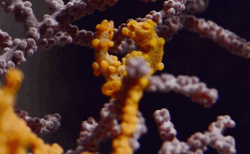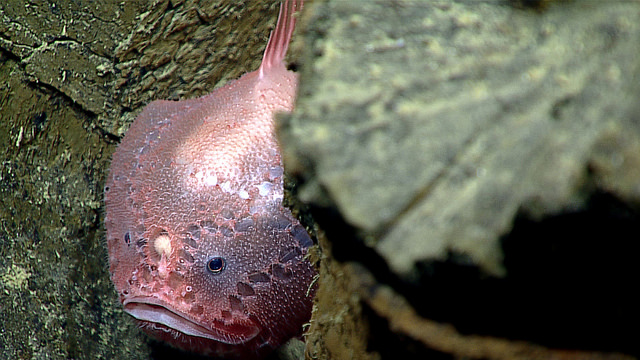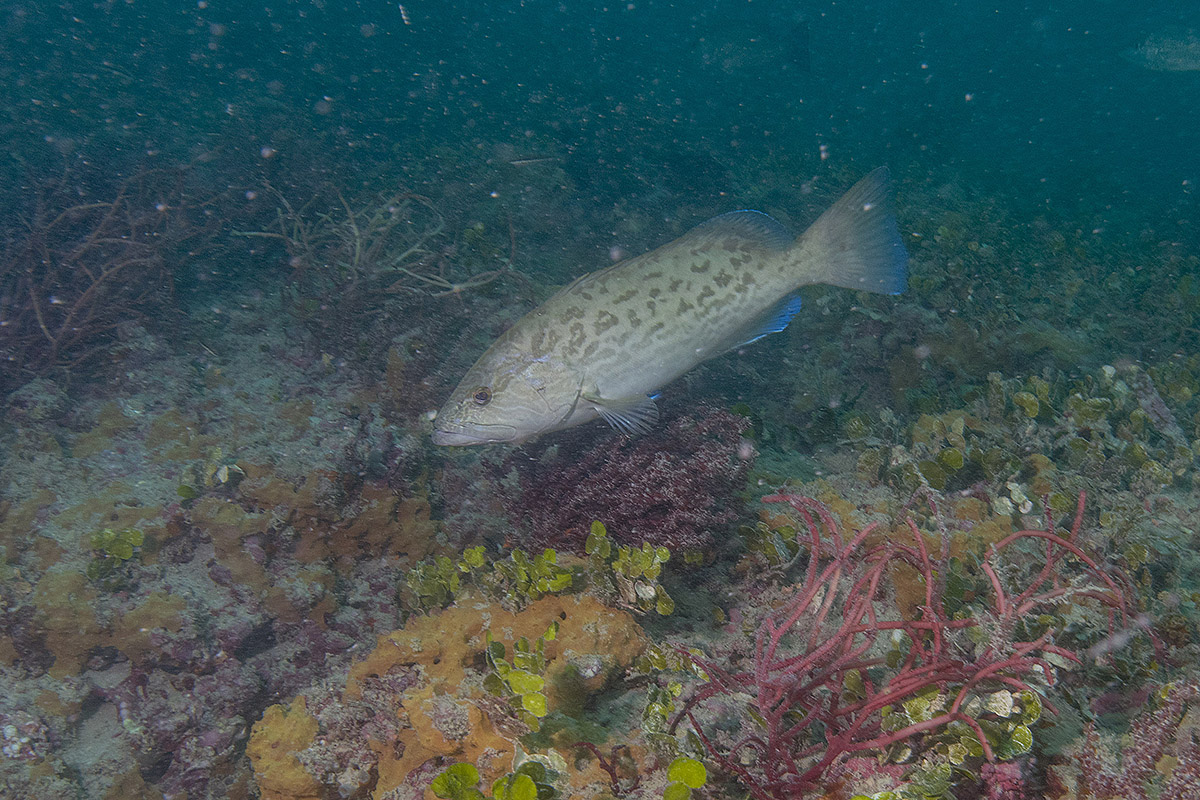6 Facts About Underwater Relationships
Published by Ocean Conservancy
For fish, relationship goals could mean anything from a morning dance to some truly bizarre life partnerships. These fascinating fish relationships might give you a new appreciation for underwater love.
1. Pufferfish make a masterpiece to show their love


Many species of fish make nests, but when it comes to showing love, the white-spotted pufferfish found off the coast of Japan prefer to sculpt a masterpiece. The male pufferfish creates a delicate and striking nest in the sand that also serves as a sort of artwork to attract a female to lay her eggs. The male fish works for a week or more, using its fins to sculpt the sand into a series of concentric patterned rings. At the end of construction, the male will decorate parts of the ring with bits of shell. The structure can be six feet in diameter—a huge feat for a fish that is only five inches long! The rings of sand slow down the water current and create a flat area of finer sand in the middle, which is a better place for the female to lay her eggs.
2. Seahorses dance together to strengthen their relationship


Seahorses can be true partners in their relationships. They tend to be monogamous (at least for a single breeding season), and some are even thought to mate for life. To strengthen their relationship, a pair of seahorses engage in a daily dancing ritual. Each morning, the pair dances together for several minutes before they part ways for the day. During the dance, they entwine their tails, change color and promenade along together. It’s thought that this dance keeps them in touch with their partner’s status, such as their health and reproductive stage.
3. Mudskippers get in shape to impress


Mudskippers are amphibious fish that live on mudflats. They spend the majority of their time out of water and can breathe, walk and see on land. Fun fact: they are the only fish that can blink! Being able to see on land is important because male mudskippers will go to great lengths to catch the eye of a potential partner. First, the male will dig an elaborate burrow (consider this: a fish out of water is digging a burrow). Next, the male might develop some flashier coloration that will be sure to draw attention. Then, during mating season, the males will pull off some truly stunning moves to attract a mate. Male mudskippers will do all sorts of fitness feats: high jumps in the air, push-ups, tail stands and dorsal fin raises to show off.
4. Anglerfish aren’t afraid to form an attachment


Anglerfish may have one of the weirder fish relationships out there. In the deep ocean, it can be hard to come across a mate, so the anglerfish has come up with a solution. Male anglerfish are much smaller and lack the lure and giant teeth of the females. For males, their one goal in life is to find females, and when they do, they latch on—literally. A male will bite the female and permanently fuse his tissue onto her body. She provides him with nutrients through a conjoined blood supply, and he provides her with a sure source of sperm with which to fertilize her eggs. A female can host several of these fused males on her body. Talk about a serious romantic attachment!
5. Plainfin midshipman fish sing (hum) a love song


These toadfish live along the United States West Coast, from deeper waters into intertidal areas. At night during breeding season, male plainfin midshipman fish make a humming noise to attract a mate. This noise can be loud—loud enough that it can be heard on land and has been confused for being motorboats, hives of bees or even a digeridoo. The males can make this hum for longer than an hour. During this time, females will come to the male nest and lay their eggs, which the male will later care for. In fact, during breeding season, females have changes in their hearing that make them more receptive to the songs. Only some of the males in the population can sing—other males are called “sneaker males” because they are smaller and will sneak in to fertilize the nest of a singing male.
6. Gag grouper wear their kisses


Gag grouper live in the Gulf of Mexico and the South Atlantic and are a popular fish for both recreational and commercial fishermen. But we think they should be in the running for the official fish of Valentine’s Day. That’s because young gag grouper are known for their distinct kiss-shaped markings on their sides. When it comes to romance, male and female fish are separate for most of the year but will come together for a few months to form spawning aggregations. Interestingly, gag grouper are what are called protogynous hermaphrodites, which means if there aren’t enough males in a spawning aggregation, some of the larger females will become males. Talk about convenient!
Sign up for our emails!
The post 6 Facts About Underwater Relationships appeared first on Ocean Conservancy.
Read the full article at: https://oceanconservancy.org/blog/2019/02/11/6-facts-underwater-relationships/



